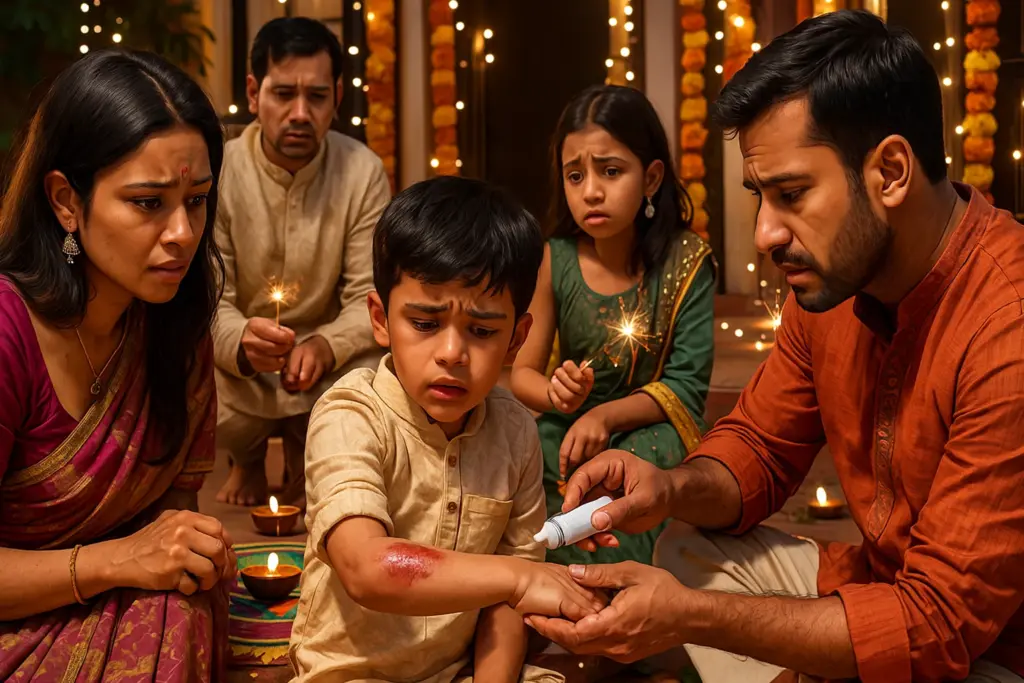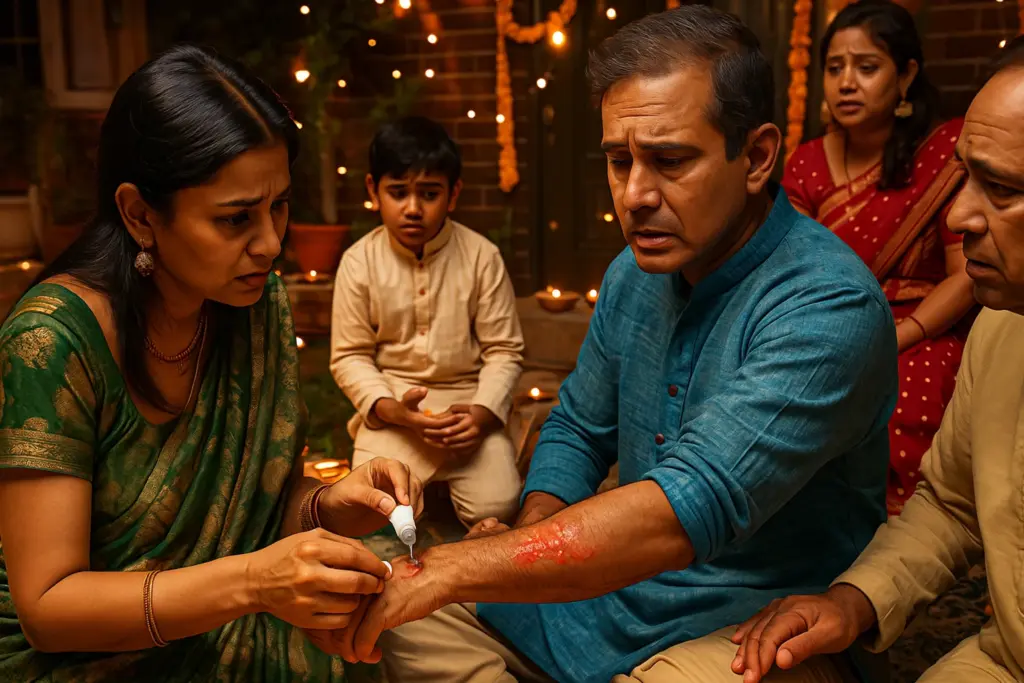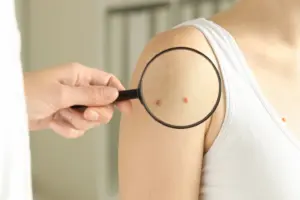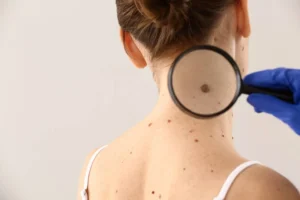
Burns treatment: Every festival season, hospitals see a sudden spike in burn cases, most of them from firecrackers. And while many are minor, the kind that people think can be handled at home, they can still leave behind nasty scars if treated carelessly. The problem? Most of us panic, then do exactly the wrong thing.
So let’s talk about what really helps, what definitely doesn’t, and how you can save your skin, literally.
Also Read | What causes hyperpigmentation and how to treat it effectively
The first few minutes matter:
With burns, timing is everything. The first thing you should do is cool the area. And no, not with ice (that actually damages the skin further). Just hold the burn under cool running water for 10–15 minutes. The relief is almost immediate, like a sigh of relief for your skin. If running water isn’t handy, a clean, wet cloth works too.
What you shouldn’t do? Smear toothpaste, butter, or oil on it. Old-school remedies still float around, but they trap heat inside and can make the burn worse. Your grandmother’s kitchen tricks may be great for colds, but burns? Not so much.
Do’s for minor firecracker injuries:
- Clean gently: After cooling, wash with mild soap and water to keep infection at bay.
- Cover lightly: Use a sterile gauze, nothing fluffy that’ll stick to the wound.
- Pain relief: Over-the-counter meds like ibuprofen can take the edge off.
- Stay alert: Even a “small” burn can turn ugly if it starts oozing or swelling.
And if you notice blisters forming, resist the urge to pop them. That shiny little bubble is nature’s bandage; it’s protecting raw skin underneath.

Things to avoid when having a burn injury:
- Don’t peel off clothing stuck to the burn. Cut around it instead.
- Don’t apply powders, oils, or “secret remedies.” They do more harm than good.
- Don’t ignore burns on sensitive areas like the face, hands, or genitals. Even minor ones can have a long-term impact.
How to prevent scars?
Even after the pain fades, scars are what people worry about. And here’s the truth: scars form not just from the burn itself, but from poor aftercare. Once the wound has healed over, keep the area moisturised with something gentle, like aloe vera or a fragrance-free lotion. Hydrated skin heals better, and scars are less visible.
Sun protection is another underrated step. Burned skin is fragile, and UV rays darken scars fast. A simple sunscreen can make the difference between a faint mark and a permanent reminder.
Some doctors also recommend silicone gel sheets for stubborn scars, but those are worth discussing with a dermatologist if the burn was bigger than a coin.
Most firecracker burns are preventable with a little caution, longer sparklers, proper disposal, and not leaning over fireworks when lighting them (sounds obvious, but you’d be surprised). Still, accidents happen.
Also Read | Acne myths vs. facts: What actually works for clear skin?
If it’s more than a small patch, if the burn looks deep, or if the pain feels out of proportion, don’t play doctor. Head to the ER. Quick treatment can mean the difference between a short scare and a scar that lingers for years.
Bottom line? Respect firecrackers, treat burns smartly, and don’t gamble with your skin.








